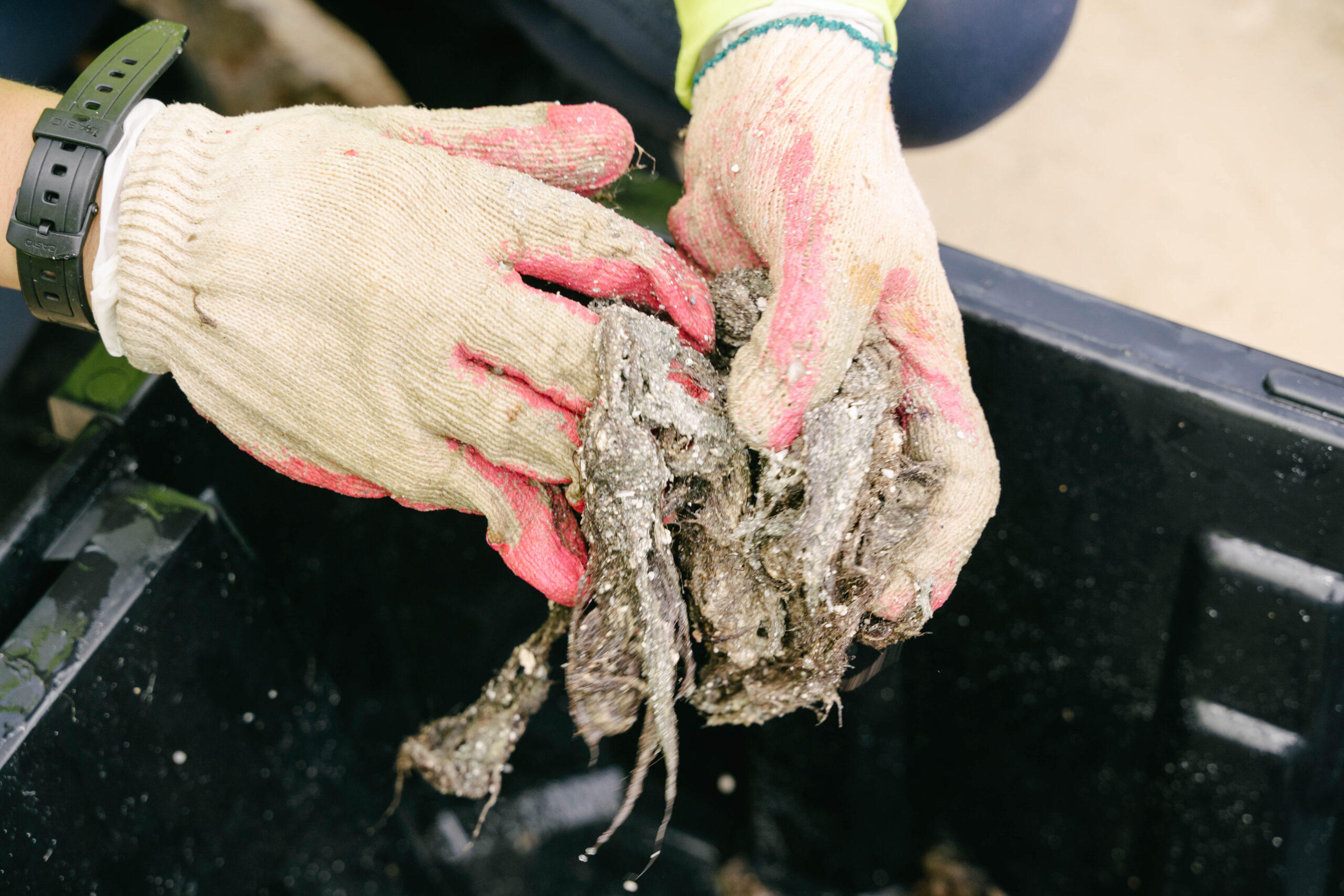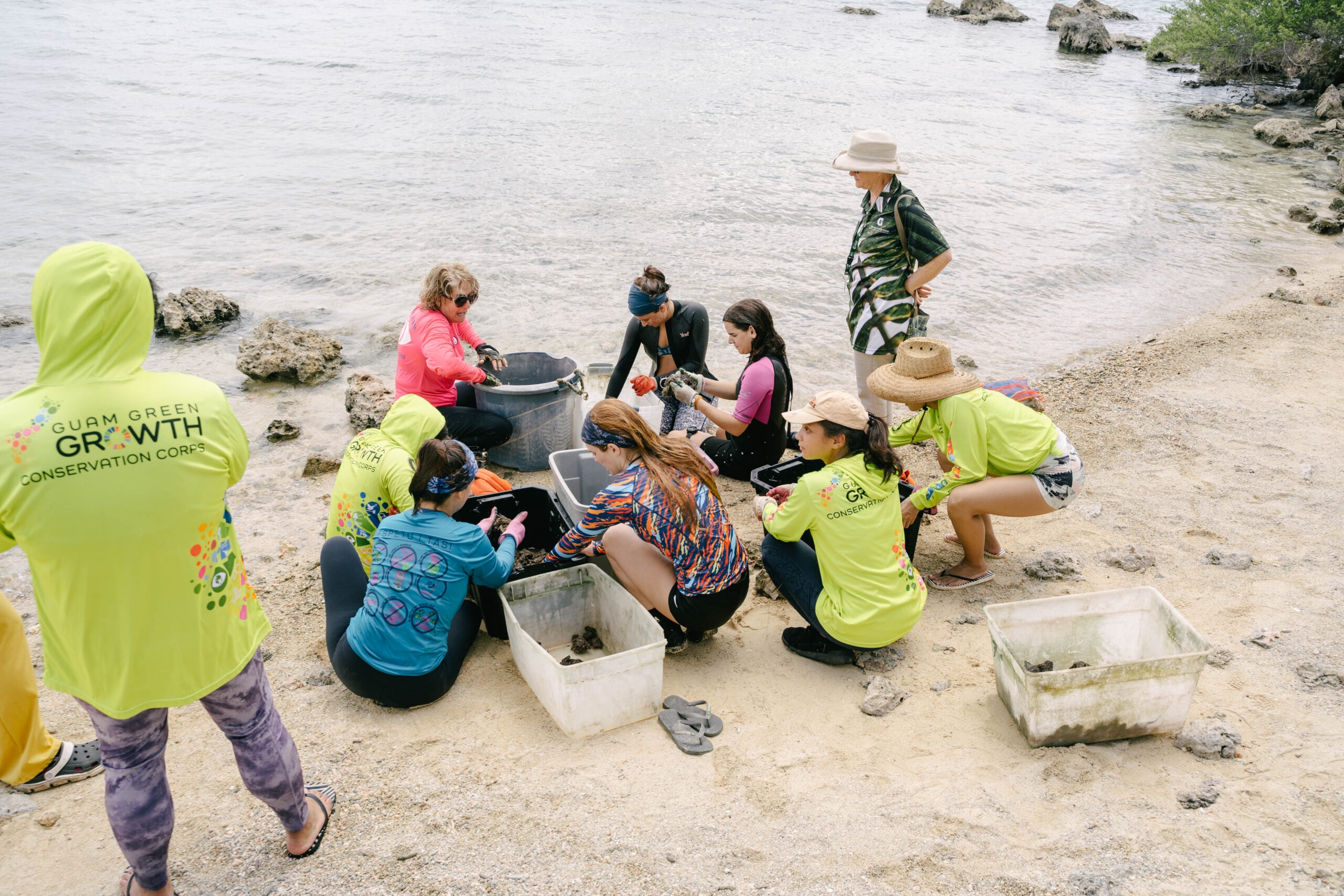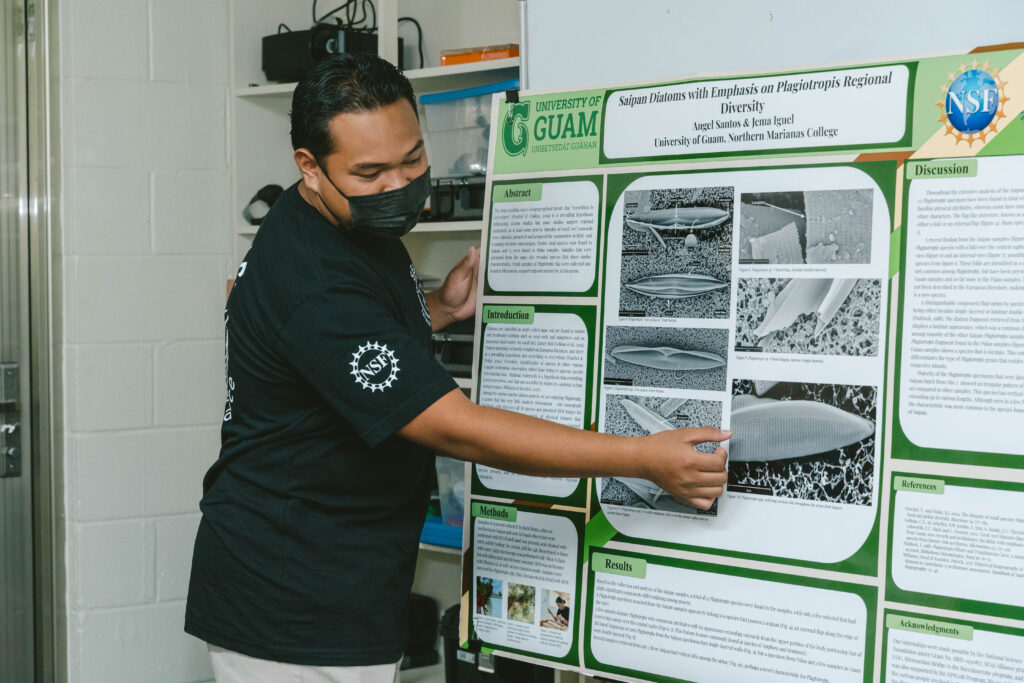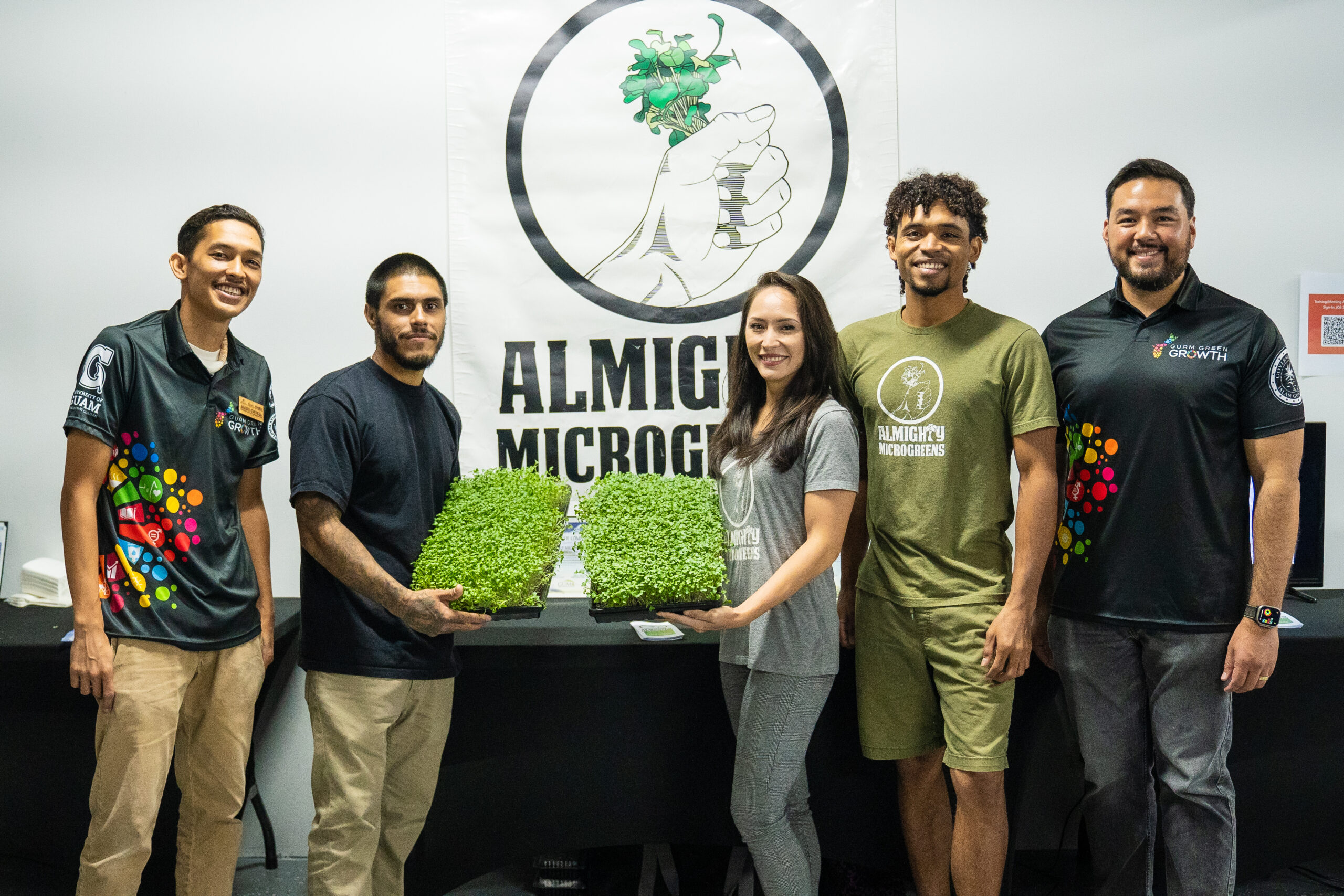


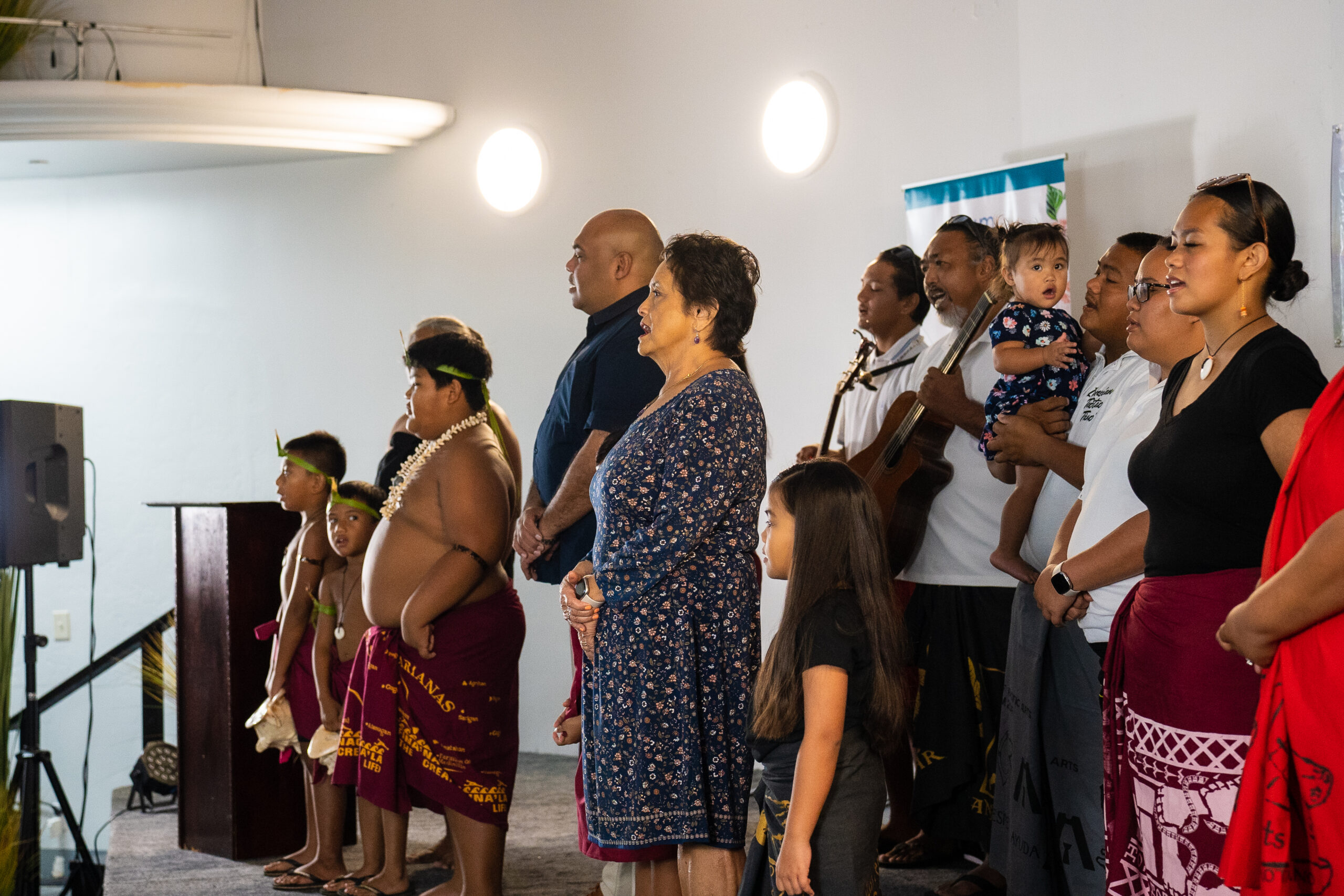

Guam Unique Merchandise & Art (GUMA) held a graduation ceremony for its current batch of entrepreneurs on Saturday, July 29, at the Planet Hollywood at DFS by T Galleria.
The event was a celebration of the successful completion of a 16-week training and mentoring program for approximately 72 graduates from more than 50 local companies. The graduates represent various sectors, from food, retail to agriculture.
GUMA and the G3 Circular Economy Makerspace and Innovation Hub are partners in promoting the growth of local businesses in an emerging green economy. By providing essential resources and support, the partnership aims to empower Guam’s talented artists, cultural producers, and entrepreneurs to turn their creative concepts into sustainable businesses.
With support from Guam NSF-EPSCoR, the G3 Circular Economy Makerspace and Innovation Hub plays a vital role in nurturing the growth of new businesses in an emerging green economy. The makerspace provides a creative space for entrepreneurs to upcycle discarded materials and transform them into marketable products. With advanced tools such as 3D printers, a laser cutter, computer numerical control router, vinyl cutter, and power tools, the makerspace can process various materials, including wood, metal, and plastic.
Beyond its local impact, the collaboration between GUMA and G3 Circular Economy Makerspace and Innovation Hub also contributes to achieving United Nations Sustainable Development Goal (SDG) 3, which aims to promote Decent Work and Economic Growth.
By fostering an environment conducive to innovative cottage industries, the partnership seeks to reduce Guam’s dependence on imports and decrease waste generation, paving the way for a more sustainable, green economy.
Moreover, these efforts align with G3’s goals of reducing reliance on imported goods and minimizing waste generation.
The graduation ceremony concluded with a sense of hope and promise for the future of Guam’s entrepreneurial landscape. Equipped with the support of GUMA and the innovative resources provided by the G3 Circular Economy Makerspace and Innovation Hub, these graduates are now ready to conquer the challenges of the local market and build businesses that not only contribute to the local economy but also promote environmental responsibility.












